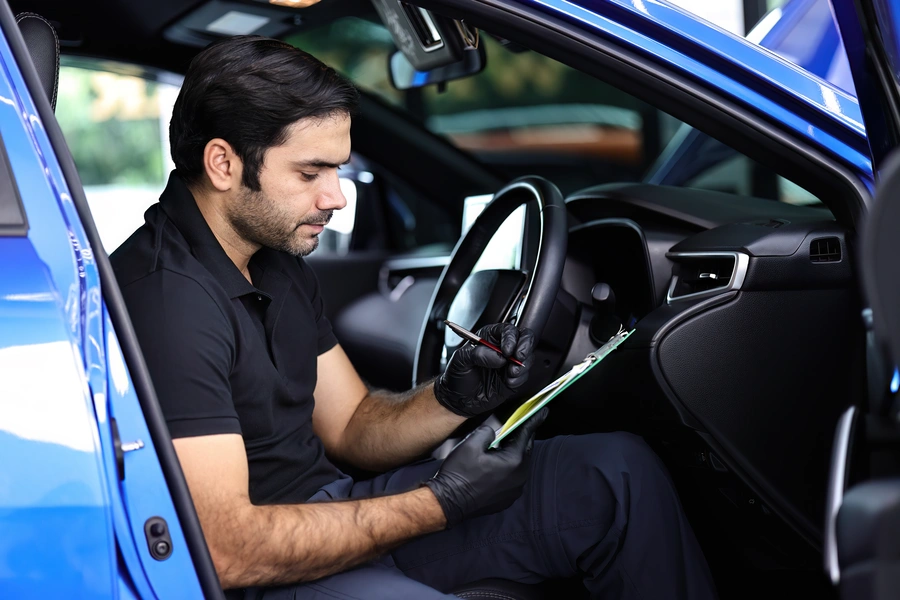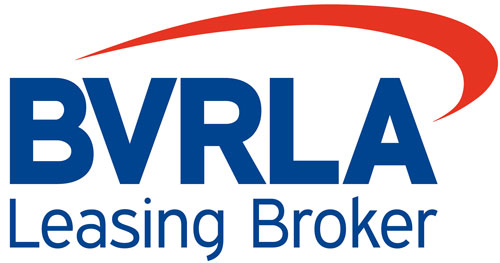
Navigating Pre-Delivery Inspections in Car Leasing
When you lease a car, the thrill of taking control of a new vehicle can be exhilarating. However, prior to embarking on your journey, there is a crucial process that verifies the condition of your lease car: the Pre-Delivery Inspection (PDI).
What is PDI?
Pre-Delivery Inspection (PDI) is exactly what it sounds like - an exhaustive review of a car before it's handed over to you. Think of it as the final checkpoint ensuring the car is in top-notch condition, both in terms of safety and aesthetics. From the upholstery inside to the engine's hum, the PDI leaves no stone unturned.
The Importance of PDI
Why fuss over a PDI? Simply put, it's the assurance that your shiny new (or new-to-you) car isn't hiding any unpleasant surprises. Even fresh off the assembly line, cars can encounter bumps and bruises - during manufacturing, transport, or in the showroom. The PDI acts as a quality assurance step, ensuring your vehicle is spotless and road-ready.
Who Handles the PDI?
Fortunately, this isn't a DIY situation. The responsibility falls to the car's manufacturer or the dealership from where it's leased. Trained professionals at the dealership or a designated facility will conduct the PDI, ensuring everything's up to standard.
Timing of the PDI
The duration of a PDI can vary based on the car's brand and the inspection's depth. Generally, expect a PDI to last between 1 to 5 hours, ensuring a thorough review.
PDI Checklist: What's Covered?
The PDI is all-encompassing, scrutinising the car inside and out. While specific checks can vary by manufacturer, here are six critical areas typically reviewed:
Exterior: Inspectors examine the body for any dents, scratches, or wheel scuffs and ensure all external lights function correctly.
Interior: The focus shifts to the inside, checking for any damage to the upholstery, seats, and verifying all dashboard features and electronics work as expected.
Engine Compartment: A look under the bonnet to check for any visual defects, odd sounds, and ensuring all fluids are topped up and the battery is fully charged.
Vehicle's Underside: A visual check for any damages to the car's underbelly, including the suspension, exhaust, and any wiring.
Road Test: A brief drive to detect any issues with the car's mechanical aspects like steering, brakes, or transmission, accompanied by a diagnostic scan for any error codes.
Final Touches: Removal of all protective coverings, fitting of number plates, and ensuring all necessary documentation is ready for the new owner.
Addressing Defects Found During PDI
Should the PDI expose defects, the response depends on when the damage occurred. Manufacturing or transport-related issues fall under the Original Equipment Manufacturer's (OEM) purview, while dealership-induced damages are for the dealership to resolve. Rest assured; any problems will be rectified to meet strict specifications before delivery.
Impact of PDI on Delivery Schedules
Typically, the PDI is accounted for in the delivery timeline, so no delays should occur unless the inspection uncovers faults. The delay's duration hinges on the issue's nature and the fix required. While cosmetic fixes are swift, more intricate mechanical repairs might extend the wait.
Patience is key; the primary goal is to ensure your vehicle is not only timely delivered but also meets the highest safety and quality standards.




